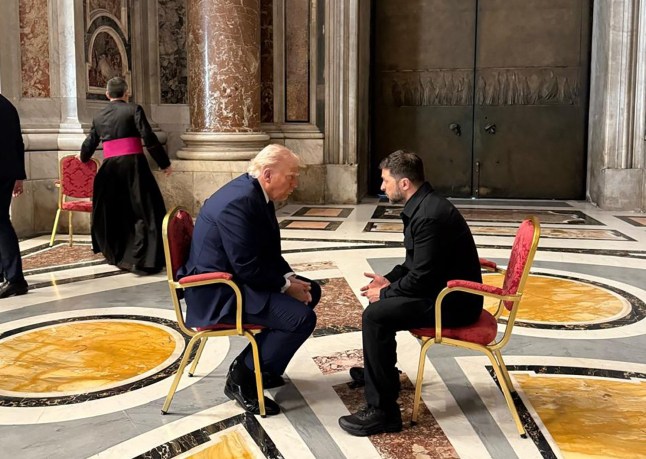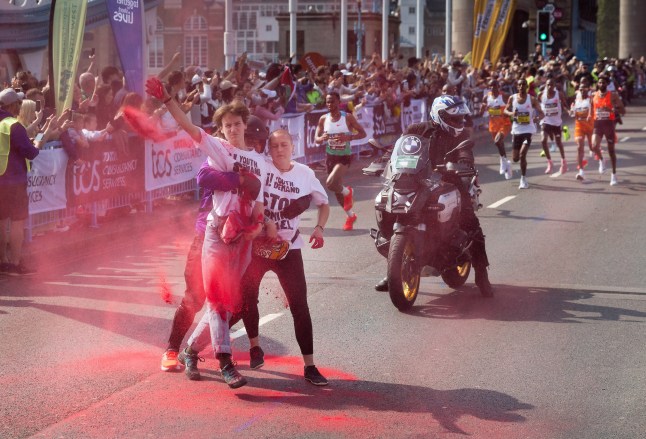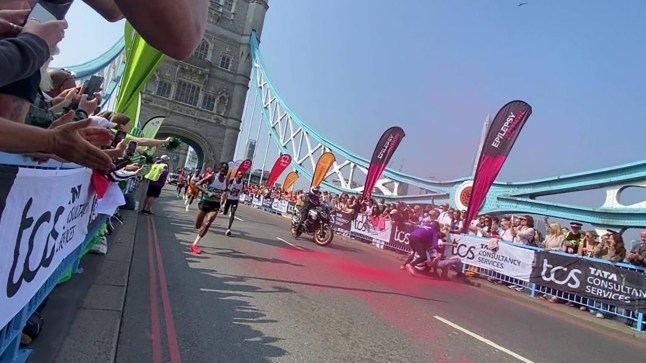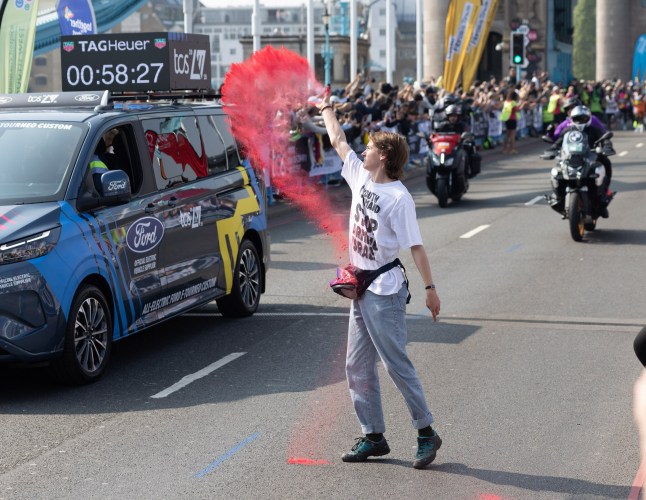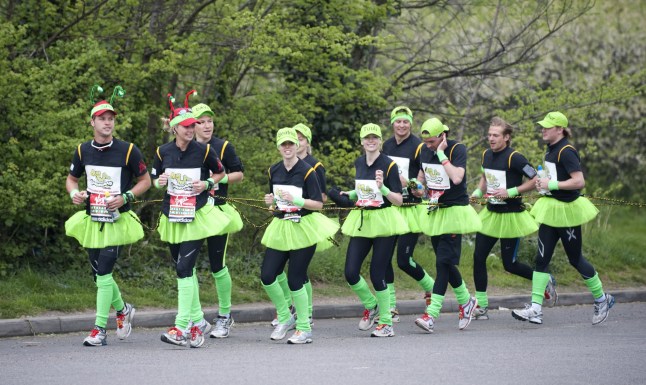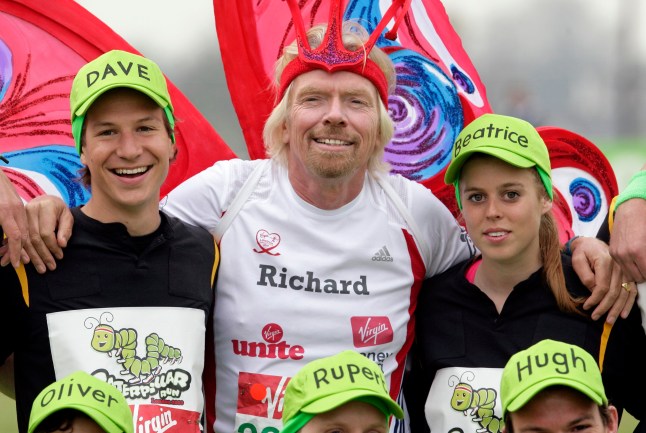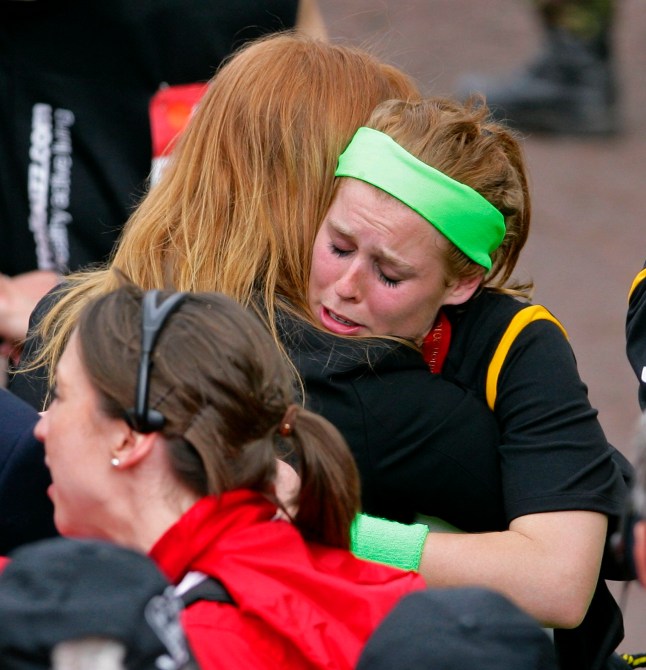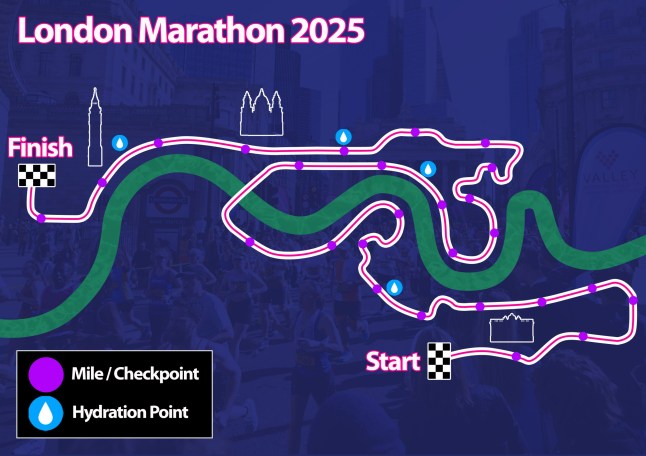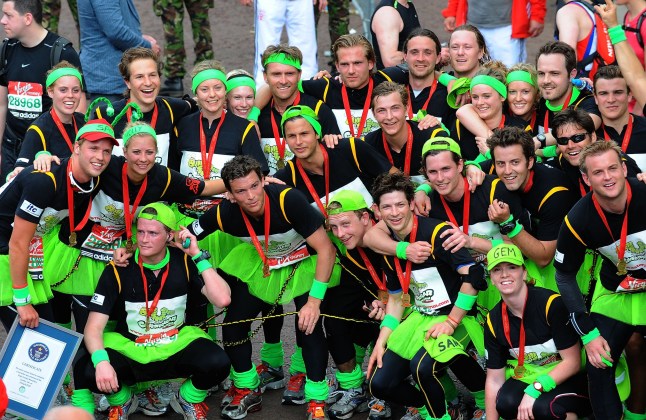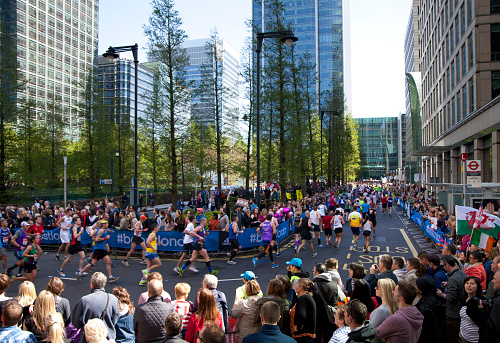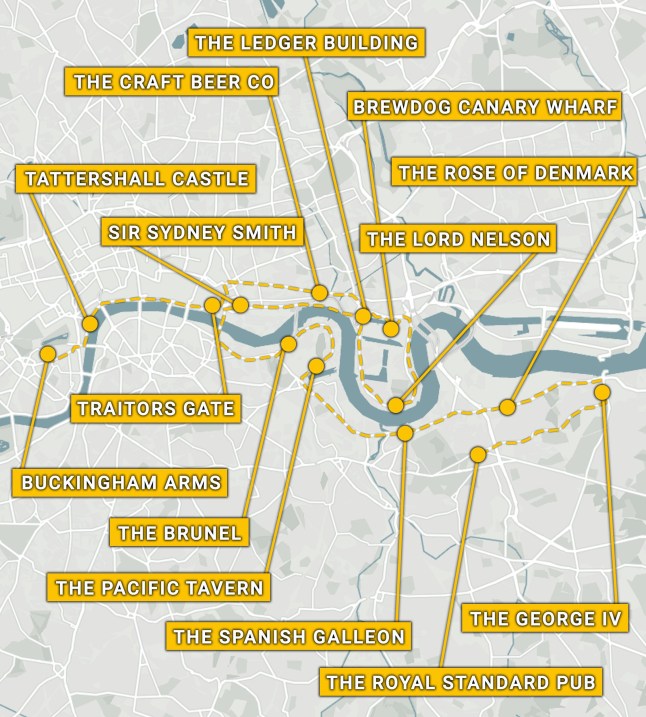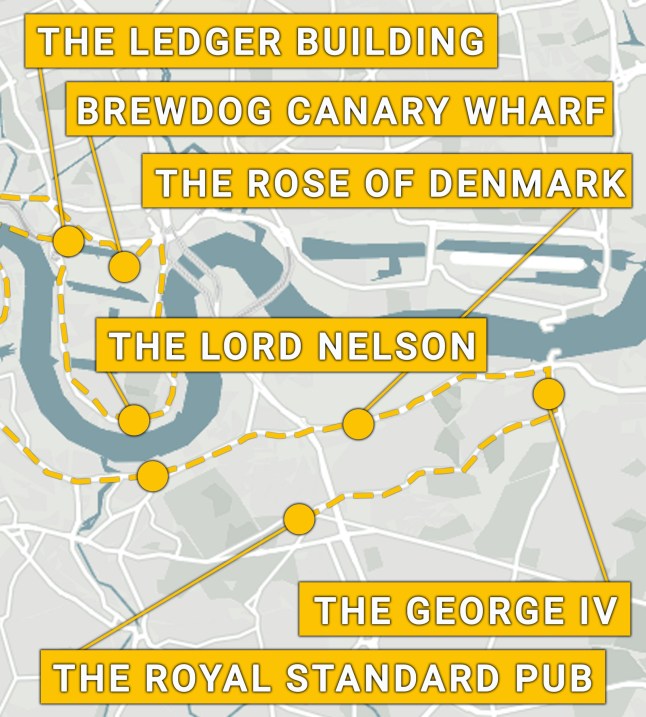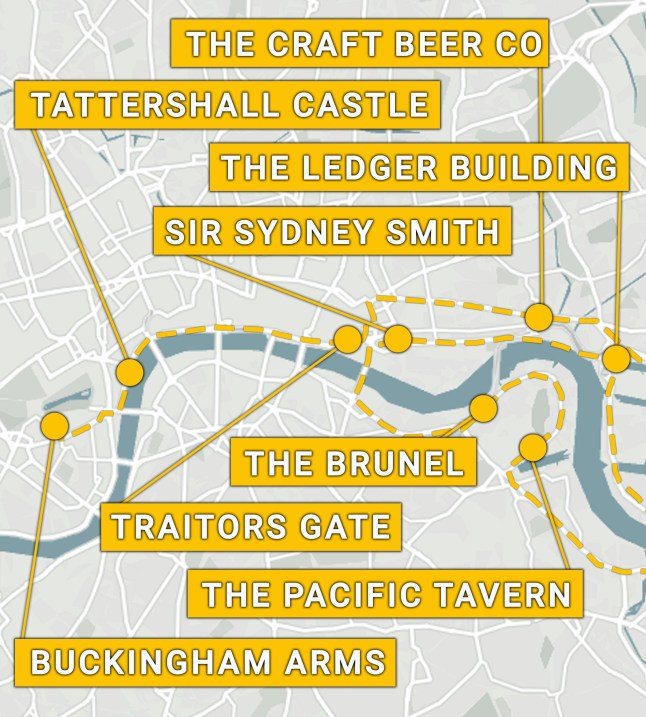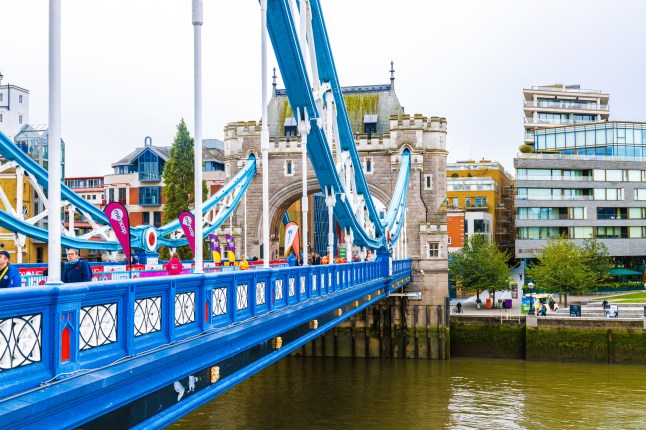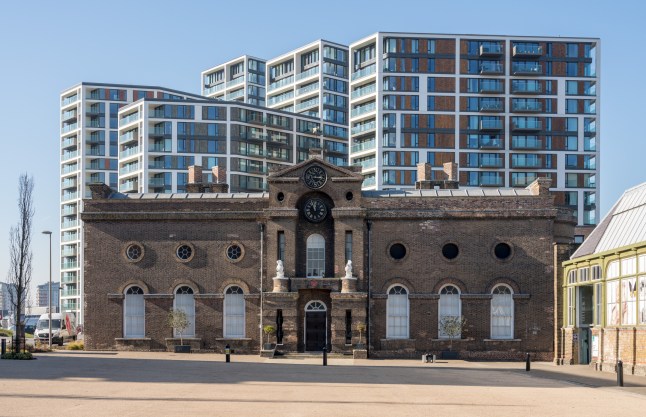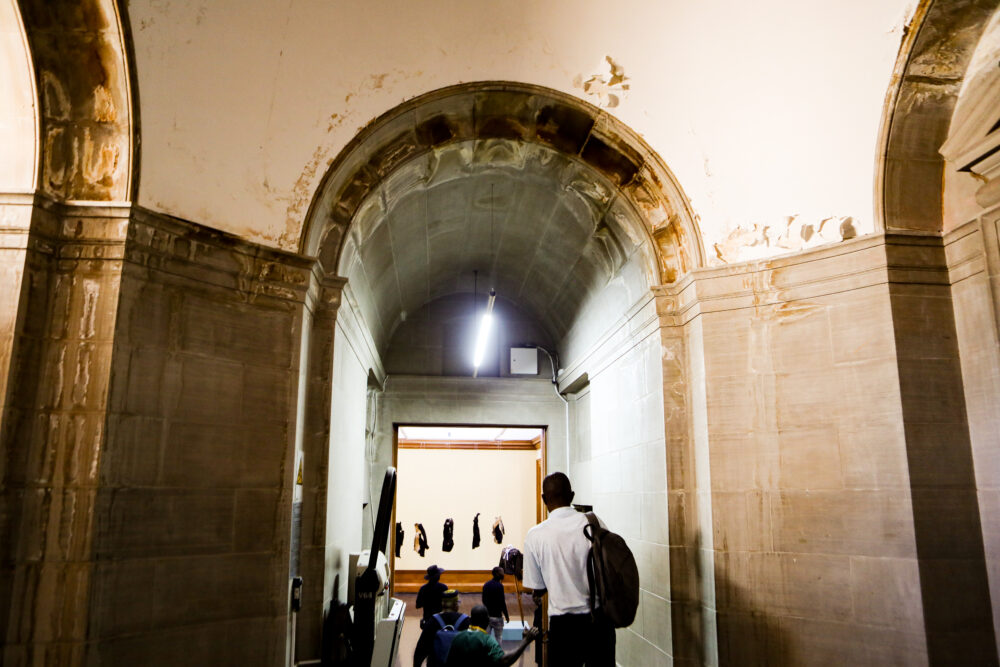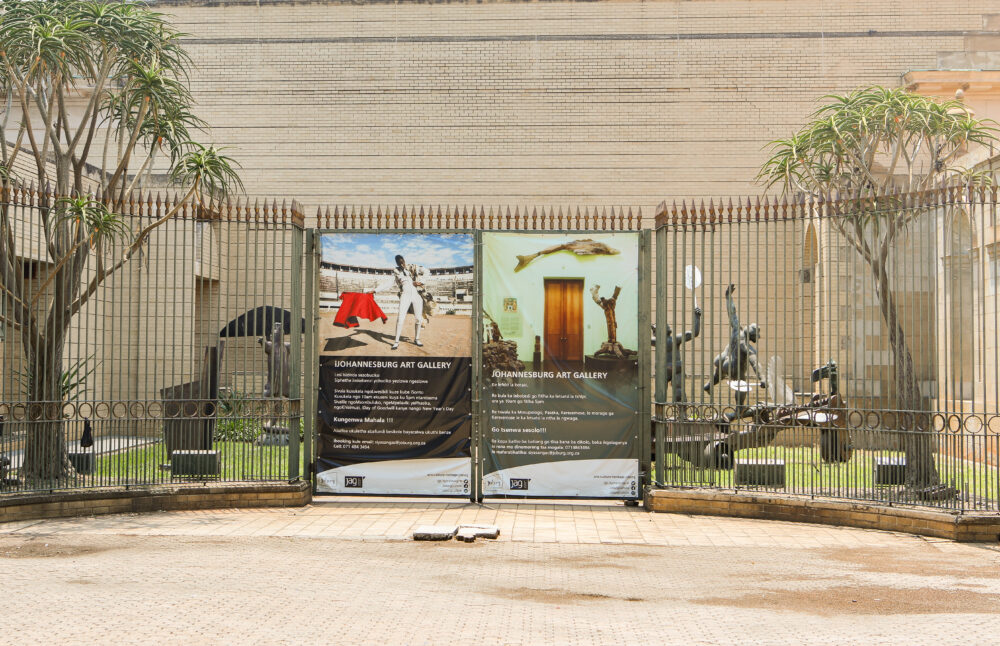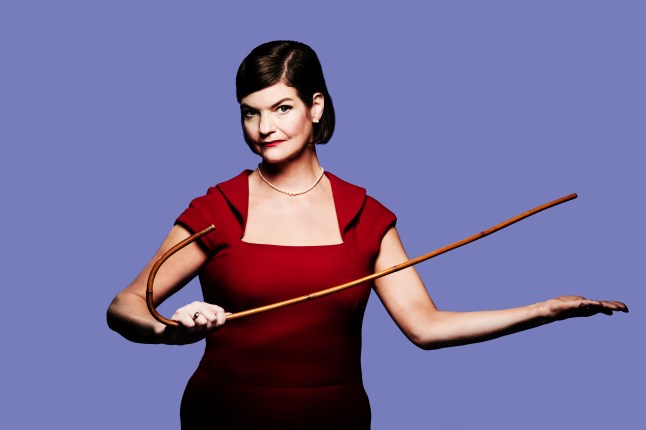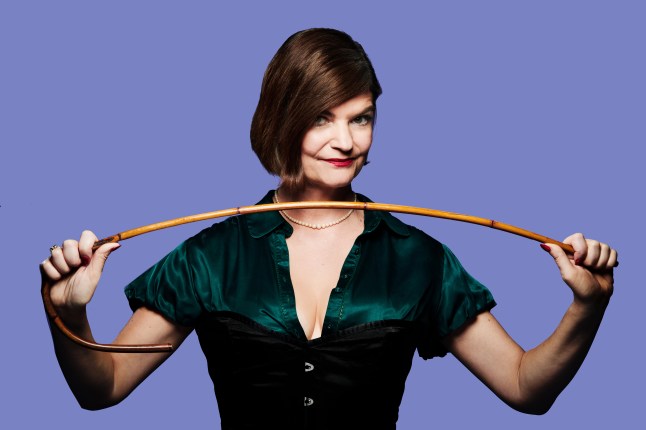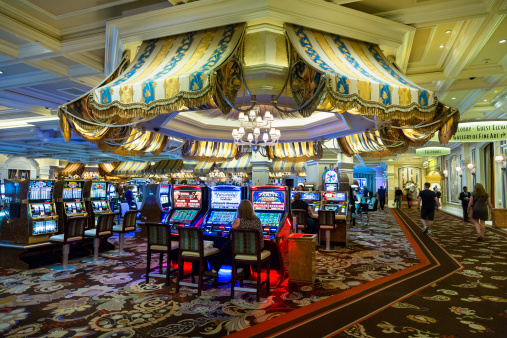CIA official’s son killed fighting for Putin took childhood rebellion to extreme
To view this video please enable JavaScript, and consider upgrading to a web
browser that
supports HTML5
video
How does the son of a top CIA official go from non-binary globetrotting eco-anarchist to cannon fodder in Vladimir Putin’s army?
That’s the question being asked after Michael Gloss, 21, died fighting for Russia in Ukraine, three months after his mother, Juliane Gallina, was appointed a deputy director at the USA’s foreign intelligence service.
Gloss, a former lacrosse player using ‘they/he’ pronouns in his social media profiles, appeared aligned with the eco-friendly ethos of the College of the Atlantic in Bar Harbor, Maine.
‘Michael had a heightened sense of fairness, and saw those in our community who are unseen and unheard — whether they were people, or animals, plants or streams’, his family said in an obituary.
‘He wanted the world to be a better place with more fairness, peace and harmony with nature. In his brief life, he built houses in Honduras, he restored buildings in Türkiye destroyed by earthquakes.’
ACAB, antifa and climate change
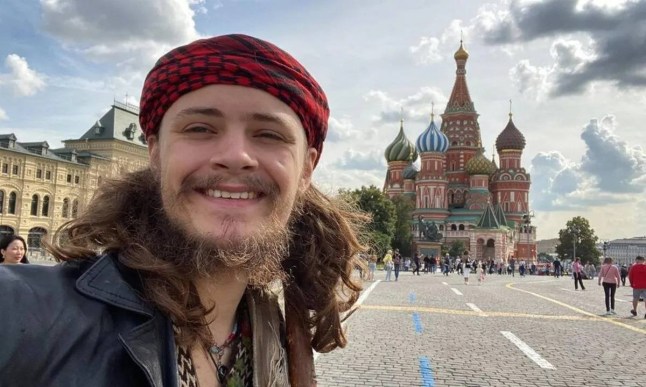
At university, Gloss studied the relationship between humans and the environment. He scaled the balcony at a party. He joined a range of protests.
He was even arrested for disrupting a Washing DC baseball game during a protest against climate change in July 2022.
A month earlier, he joined a rally supporting abortion rights. He shared a photo of himself at the protest with the caption: ‘How are you gonna explain to your kids that you did nothing when democracy fell?’
Within two years he would die fighting for a dictator. What happened?
Like many young Americans following the Black Lives Matter movement against police brutality, Gloss adopted an ‘all cops are bastards’ attitude post-2020..
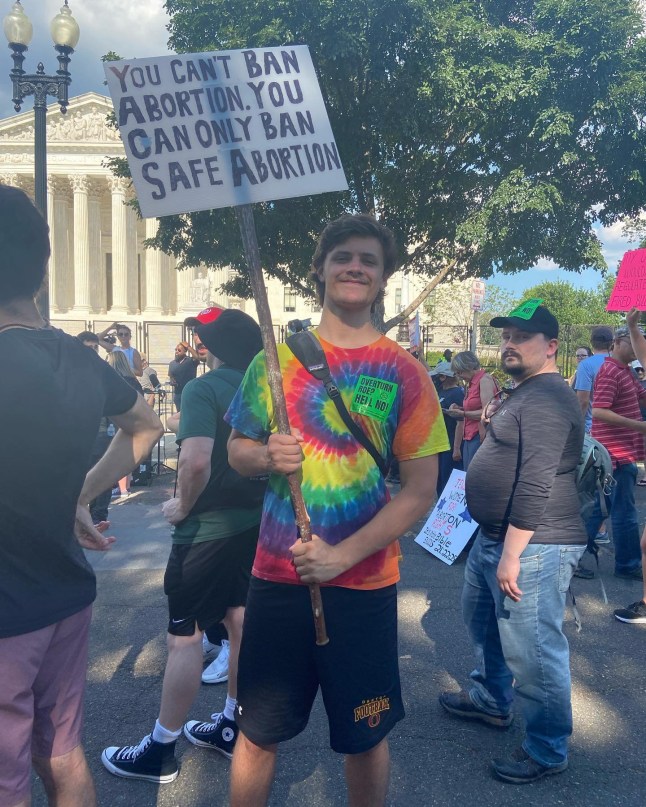
Identifying himself as an anarchist and anti-fascists, Gloss’s social media posts accused the ruling classes of using mainstream media to turn people against each other.
Democrats and Republicans were all alike, Gloss believed, bringing ‘doom no matter whom’.
But the American flag Gloss set on fire in April 2022 didn’t just symbolise rebellion against what he saw as his country’s malign power – it was a rebellion against his own family.
‘He was the ultimate antiestablishment, anti-authority young man the minute he came into the world’, his father, Iraq War veteran Larry Gloss told the Washington Post.
Born into a military family
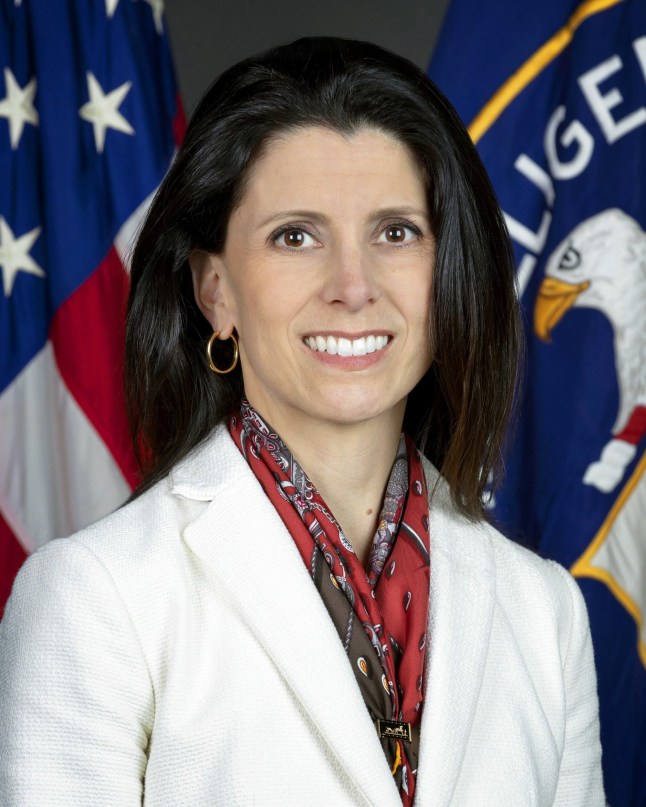
Gloss’s mother and father both served in the US Navy.
Juliane Gallina, the first woman to be a Naval Academy brigade commander, spent much of her career working in military intelligence.
Since January 2024, she has been the CIA’s Deputy Director for Digital Innovation.
Gloss’s father Larry won a medal for her role in the US-led invasion of Iraq in the 1990s, before heading up a cybersecurity company.
His clients include the US government and other NATO countries.
If the 21-year-old Gloss were still alive, he might say his parents worked for the ‘military industrial complex’.
Falling for Russian propaganda
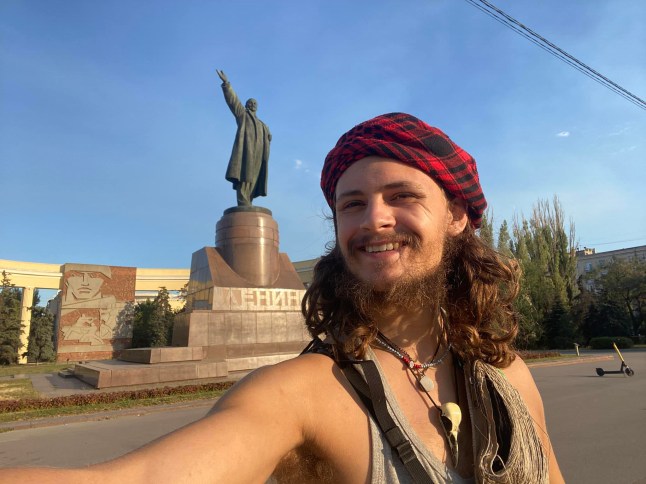
That was the language he used when he finally started posting about the war in Ukraine on social media in 2023.
First the mentions were subtle. ‘All cops are bastards as far as the eye can see… #abolishNATO #endukrainewar #antifascismo’, Gloss captioned a collection of pictures he took of anti-fascist graffiti in Italy in March 2023.
By this point, Gloss had dropped out of university to travel around Europe. He went to a folk festival in the Balkans, he got a job in a factory in Turkey.
He adopted aliases – like Hamza Ali and Itthobaal – grew his hair long, sported a beard, and started wearing bandanas.
Periodically he would post more pictures of anarchist graffiti. ‘F**K Nazis’, he said while posing next to some on a wall in Istanbul.
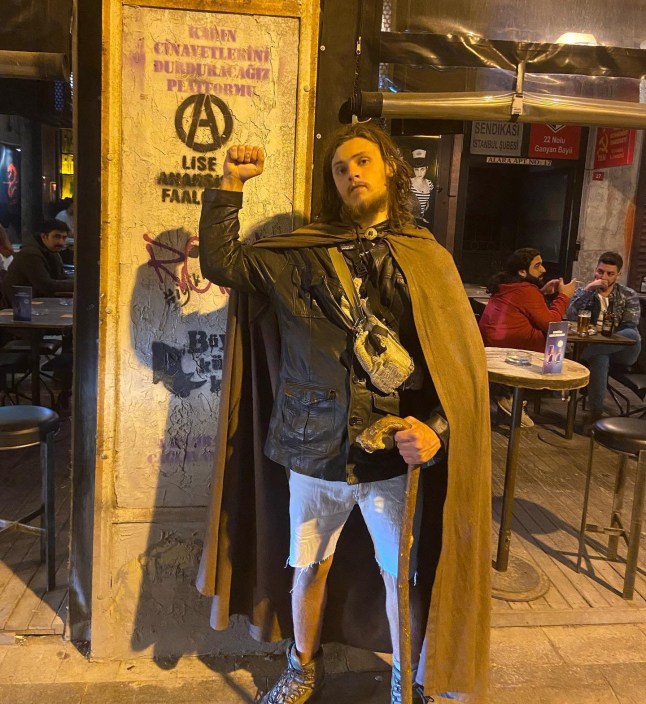
But Gloss increasingly had a particular image in mind when he imagined ‘Nazis’.
One of his last posts on Instagram was a meme post showing ‘five examples of successful rebranding’. Four were straightforward logo upgrades for Google, Lego, Starbucks and FedEx.
The fifth showed the swastika flag of Nazi Germany morphing into Nato, a military alliance formed primarily by countries that defeated the Nazis.
‘Zoolenskyy (he is an animal) turned the Ukrainian population into ground meat for military industrial complex money’, Gloss said.
‘Cozied up to war criminals @whitehouse #clusterbombs Simply bcuz western #capitalist #imperialism cannot profit without the ethnic cleansing of a minority people group.’
Russia’s President Vladimir Putin has sought to portray Ukraine’s government as captured by Nazis, and his own invasion of Ukraine as a mission to ‘de-nazify’ Ukraine and stop its takeover by Nato.
Putin’s gas-guzzling anti-LGBT+ and anti-abortion brand of masculinity might have stood in stark contrast with Gloss’s own politics, but he appeared to buy the propaganda.
From dressing as ‘Jesus’ to donning fatigues
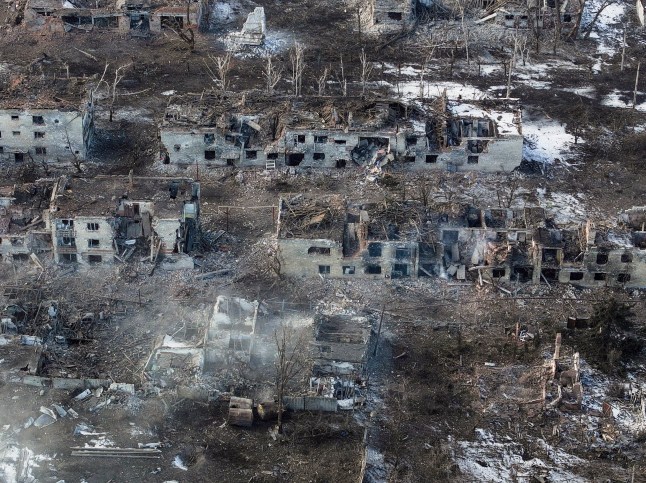
‘He started thinking about going to Russia’, an acquaintance told iStories, an independent Russian news outlet. ‘He wanted to war with the USA. But I think he was very influenced by the conspiracy theory videos.’
Exactly why Gloss wanted to go to Russia is uncertain. He claimed various things – he wanted to learn Russian through immersion, he wanted to gain Russian citizenship, he wanted to reduce food prices with an environmental project.
Whatever the true reason, Gloss crossed the border from Georgia to Russia in August 2023.
He travelled around the country for a while, raising a Soviet flag over a hut he built himself out for branches at a festival near Moscow.
By September, Gloss had joined the Russian military, serving alongside Chinese and Nepali mercenaries.
By December, he had been sent to the front. By April, his unit was advancing north of Bakhmut. Within days, he was dead.
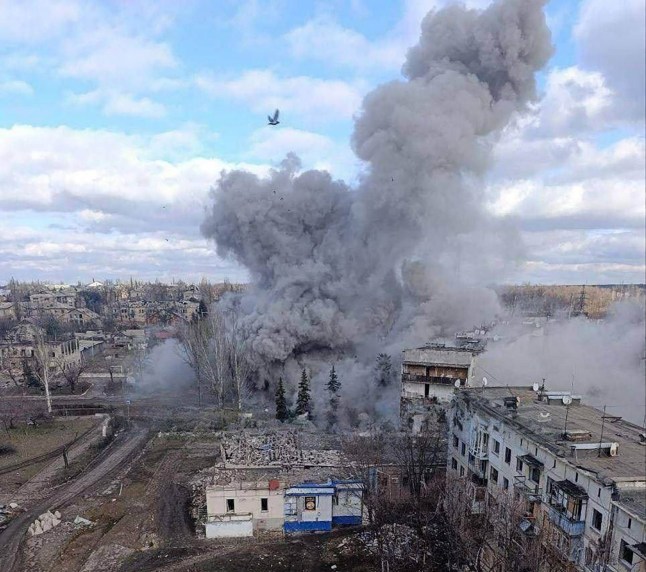
‘Massive blood loss’ from an artillery barrage was the official cause on his Russian death certificate.
‘It was absolutely news to us that he was involved in any military relationship with Russia’, his father said.
Despite his mother’s role in the CIA, the agency said the circumstance of Gloss’s death is ‘not a national security issue’.
Gloss’s obituary was almost a euphemism, with no mention of how or why he died. It said: ‘With his noble heart and warrior spirit Michael was forging his own hero’s journey when he was tragically killed in Eastern Europe.’
Get in touch with our news team by emailing us at webnews@metro.co.uk.
For more stories like this, check our news page.


